

This is one of those situations when you just nod and take the endorsement.


This is one of those situations when you just nod and take the endorsement.
Well it’s not the government doing this it’s private insurance companies. You’re free to shop around or start your own insurance company. This makes me feel much better about gatekeeping healthcare. 🦅🇺🇸


The repair:
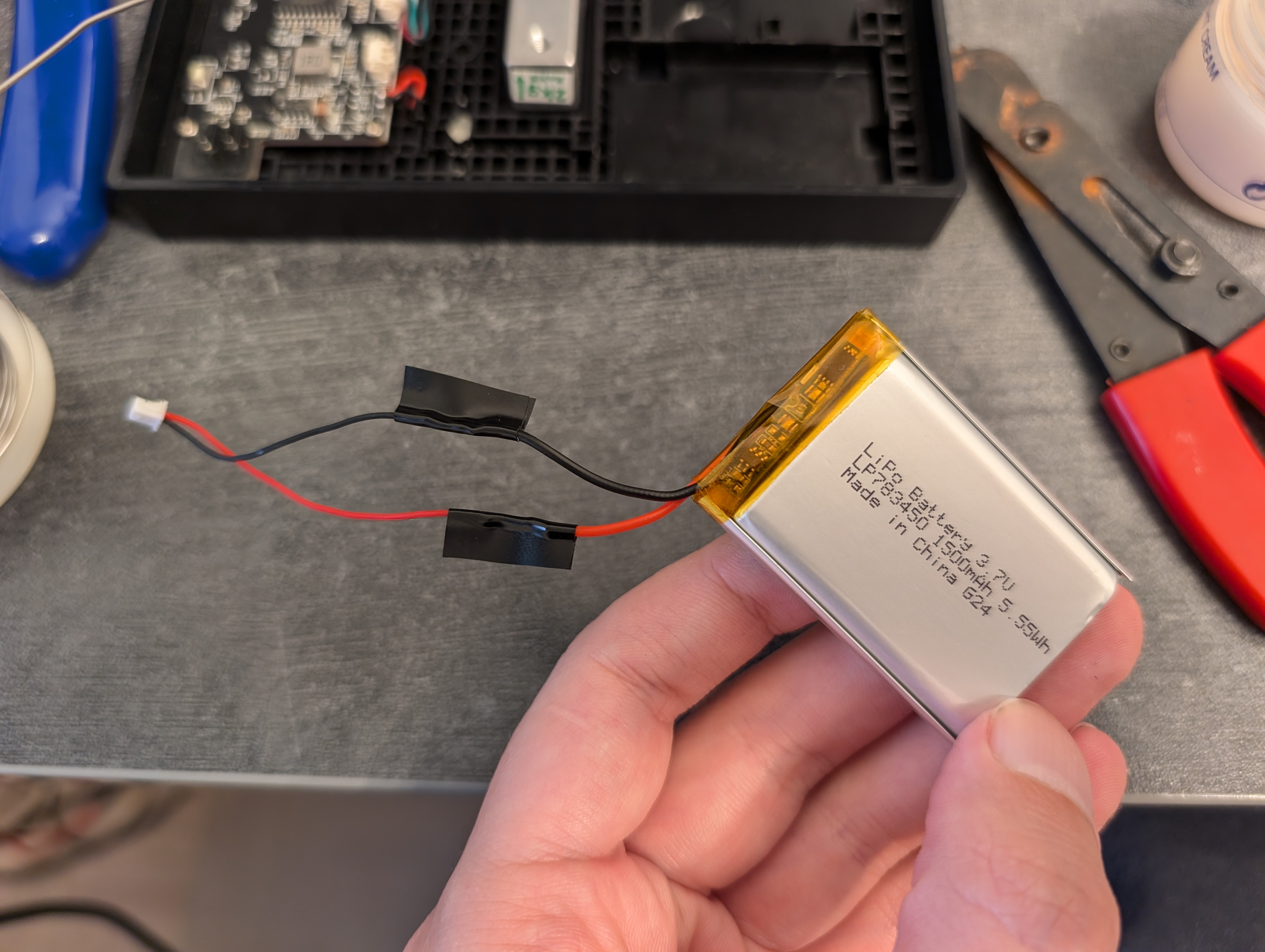
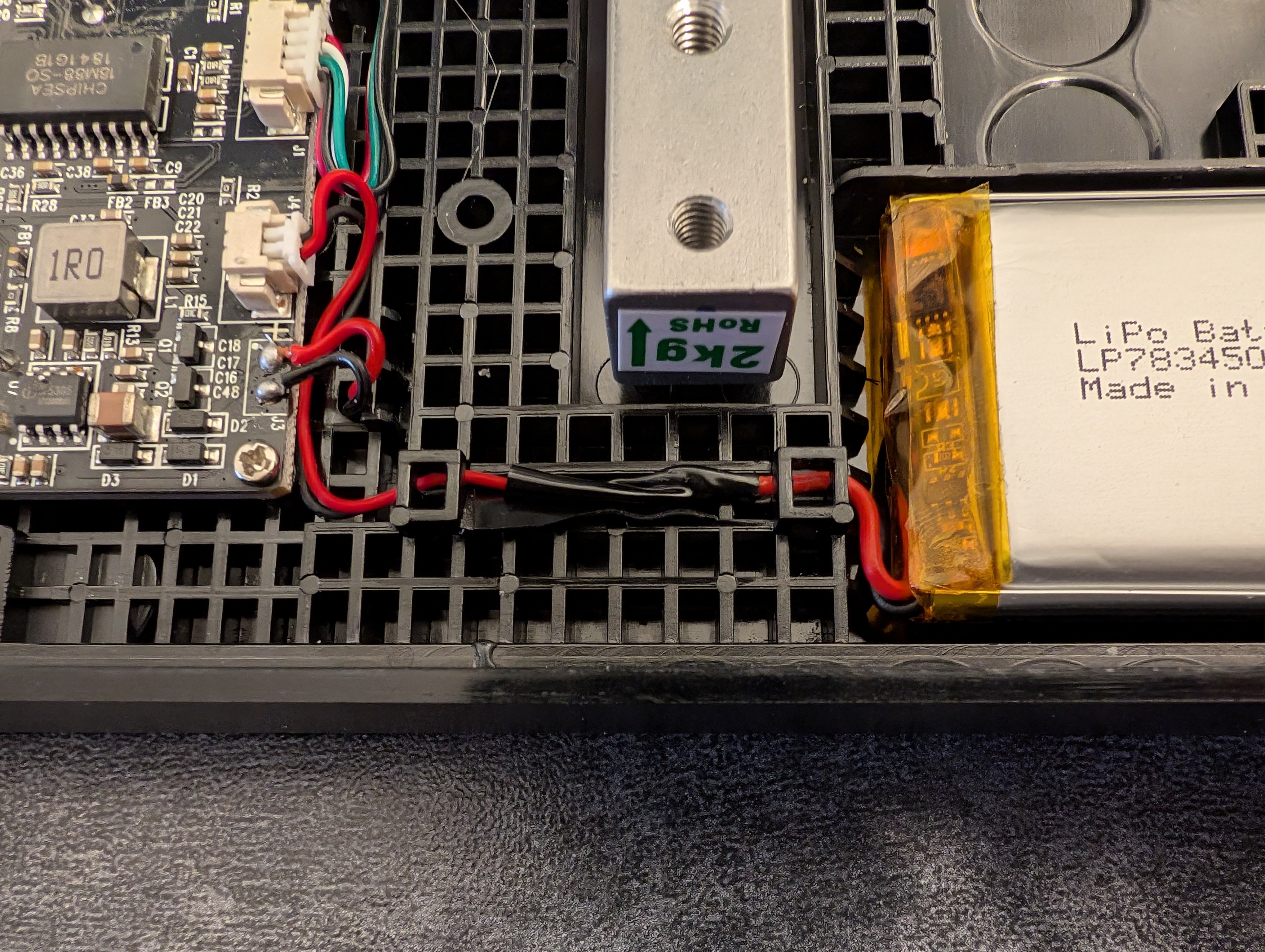

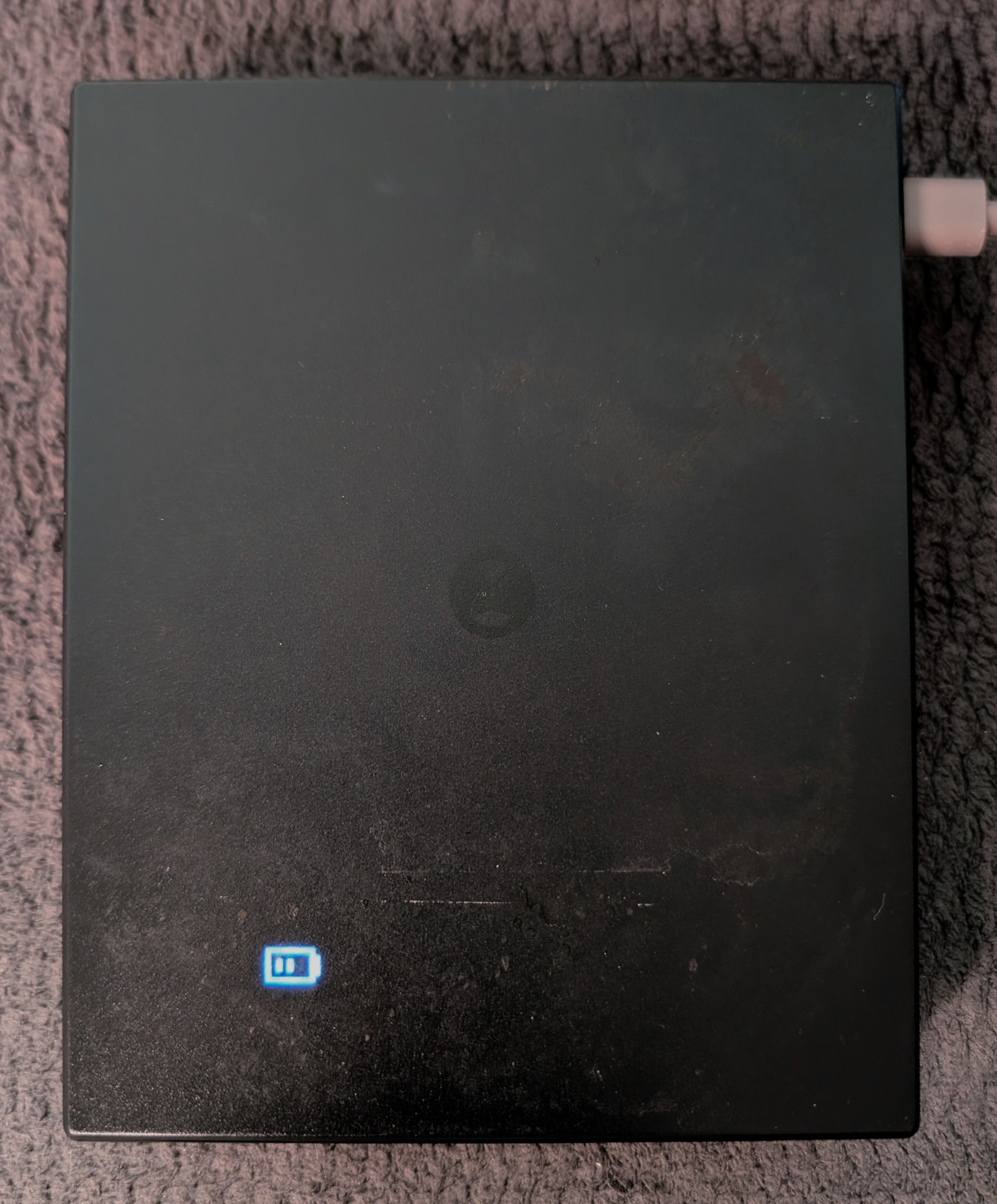
It’s not exactly trivial if you have to change the connector of the replacement battery, but it’s not difficult either. AAA batteries would be way simpler and safer for most people.


An army surplus ammo can with its gasket removed.


Yeah, if the cells are standard, available and easy to replace and safe if abandoned, it’s not a huge deal replacing them every few years.


Especially now that NiMH rechargeables are so affordable and power dense.


TBH, this is a risk for all “value” devices that don’t have to pass NA/EU electrical certification. No cert means the cell can be whatever part was cheap and alright enough. Longer term reliability without specific testing isn’t obvious. Every now and then I fall into the rabbit hole of trying to remember all the different devices with potentially questionable cells. The occasion today is likely to trigger another sweep.
While true for the component itself, there’s material difference for any caps surrounding it. Sure the chipset would work fine at 40, 50, 70°C. However electrolytic capacitors lifespan is halved with every 10°C temperature increase. From a brief search it seems solid caps also crap out much faster at higher temps but can outlast electrolytic at lower temps. This is a consideration for a long lifespan system. The one in my case is expected to operate till 2032 or beyond.
I don’t think other components degrade in any significant fashion whether they run at 40 or 60°C.
Unfortunately I didn’t take before/after measurements but this thick plastic sheet cannot be good for the chipset thermals. 🥲
Found the GNOME developer.


It is. I just wish it wasn’t this expensive. Will have to live with it for a while. 😅


So generally Pegatron. :D I used to buy GB because it was made in Taiwan when ASUS became Pegatron and went to China. Their quality decreased. GB used to put high quality components on their boards in comparison. But now GB is also made somewhere in the PRC. I’ve no idea where MSI are in terms of quality. We used to make fun of them using the worst capacitors back in the 90s/00s. Looking at their Newegg reviews, their 1-star ratings seem lower proportion compared to Pegatron brands and GB. Maybe they’re nicer these days? The X570 replacement I got for this machine is an ASUS - “TUF” 🙄


They feel a bit like a mix between DSA and laptop keycaps.


What do you buy?


I think I found the source of the liquid @abcdqfr@lemmy.world. The thermal pad under the VRM heatsink has begun to liquefy into oily substance. This substance appears to have gone to the underside of the board through the vias around the VRM and discolored itself.

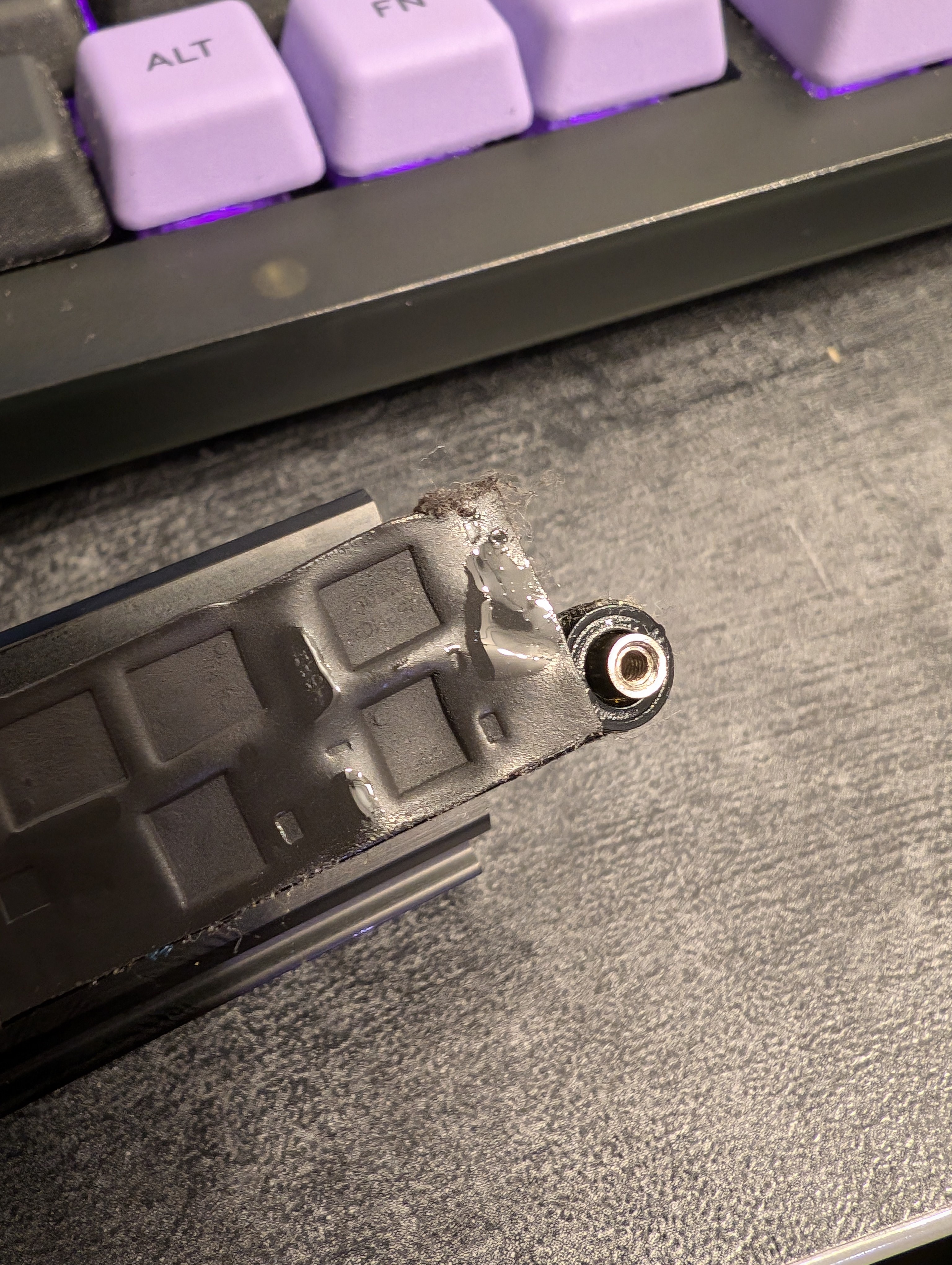
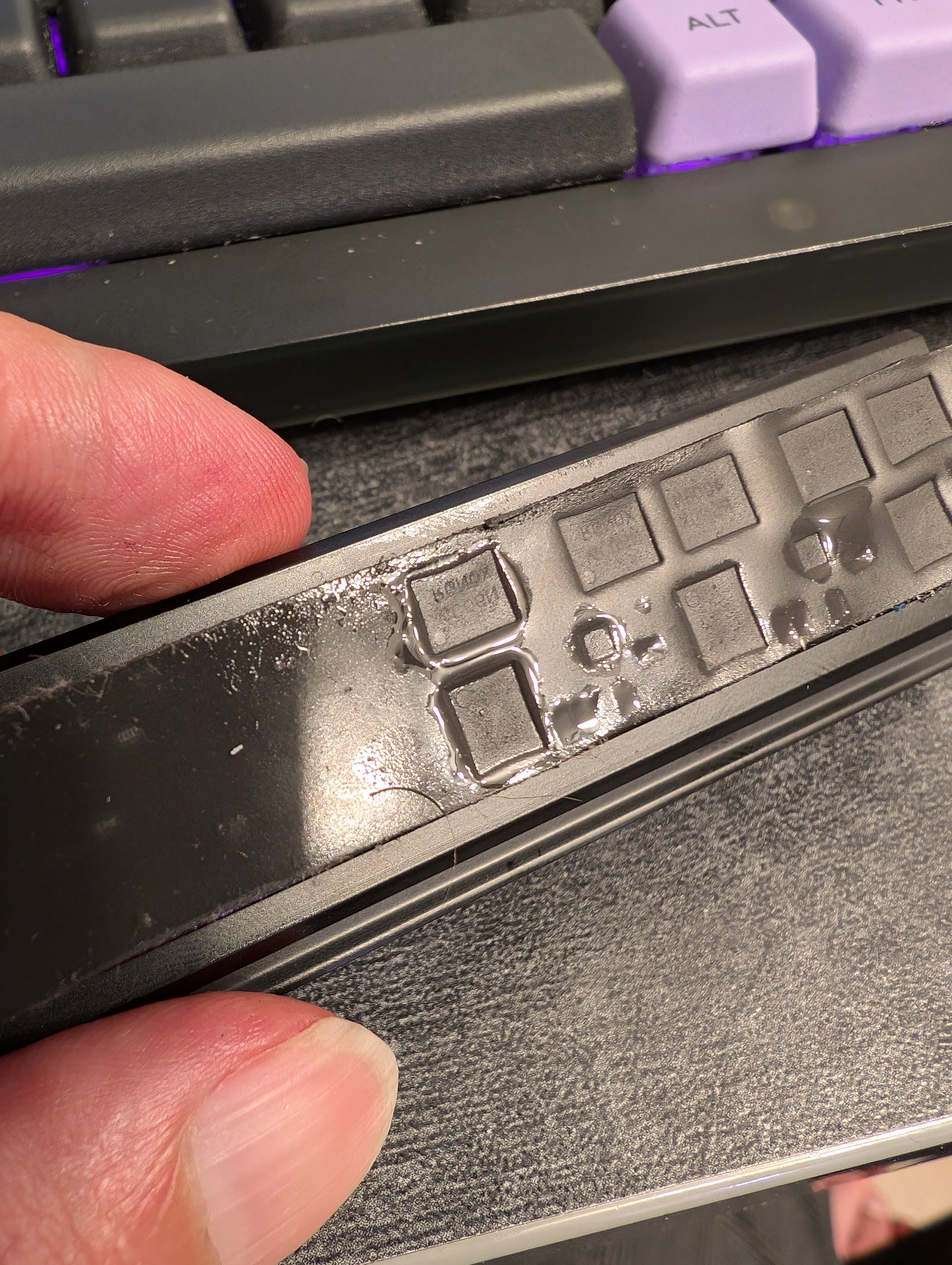
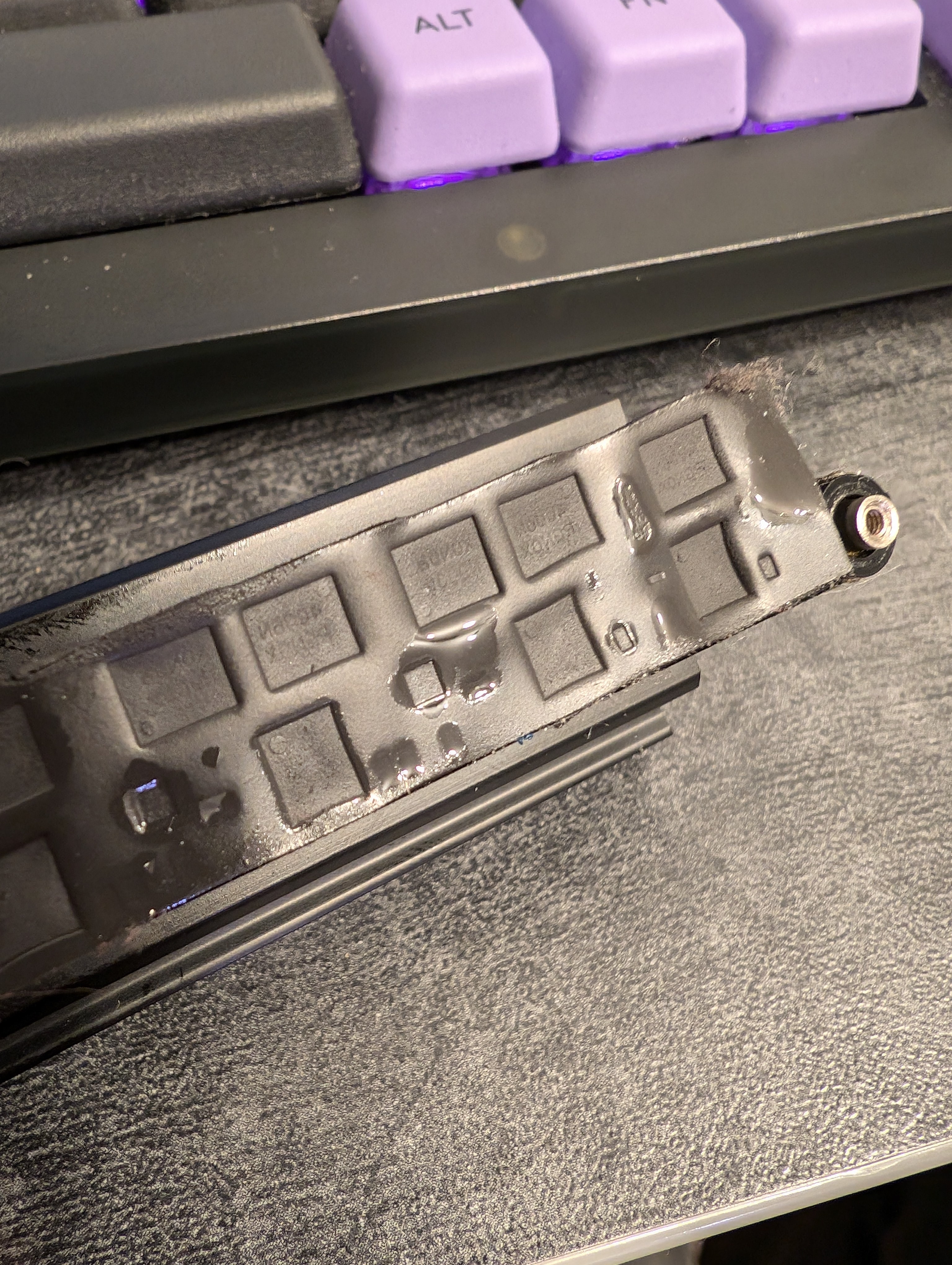
Some rubbing with isopropyl alcohol and it’s almost gone:
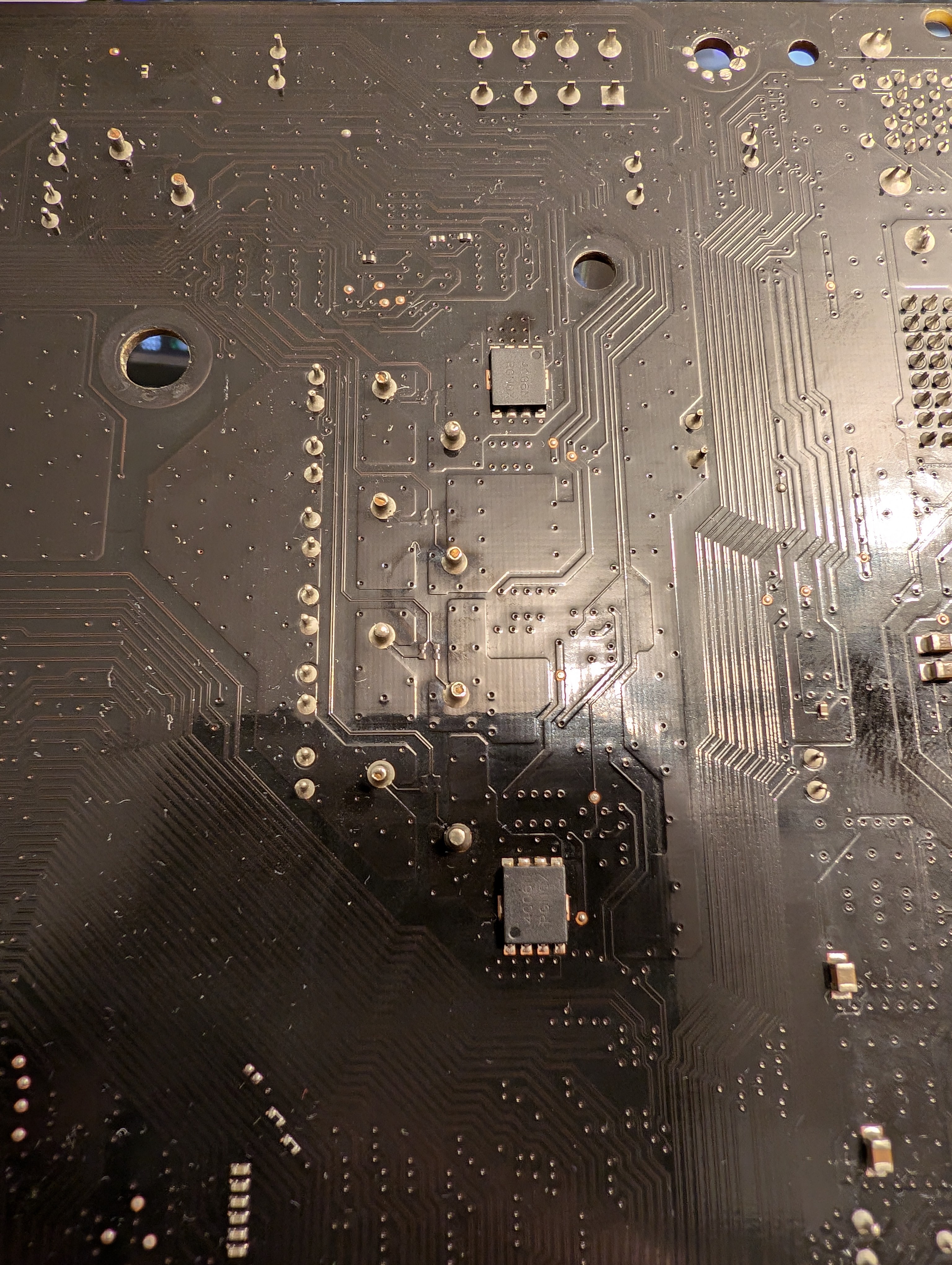
Perhaps there’s still life left in this board if used with an older chip.


I think the board has reached the end of the road. 😅


Hard to say. She’s been in 24/7 service since 2017. Never had stability issues and I’ve tested it with Prime95 plenty of times upon upgrades. Last week I ran a Llama model and the computer froze hard. Even holding the power button wouldn’t turn it off. Did the PSU power flip, came back up. Prime95 stable. Llama -> rip. Perhaps it’s been cooked for a while and only trips by this workload. She’s an old board, a Gigabyte with B350 running a 5950X (for a couple of years), so it’s not super surprising that the power section has been a bit overused. 😅 Replacing with an X570 as we speak.


Funny enough, I can’t detect the smell from hell. Could be COVID.
Your PC is an unused server.